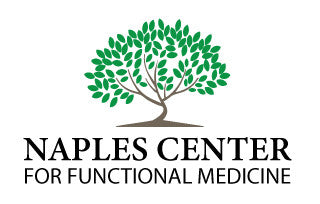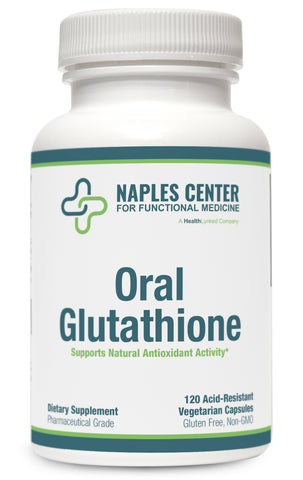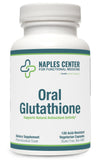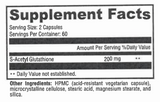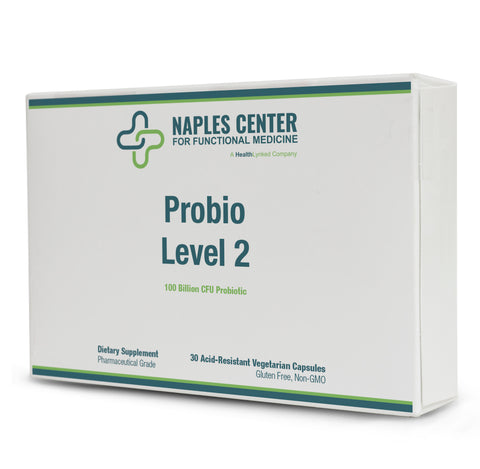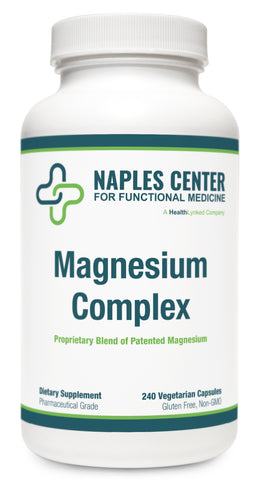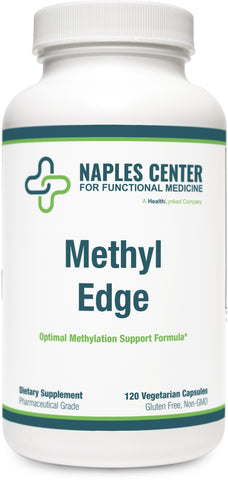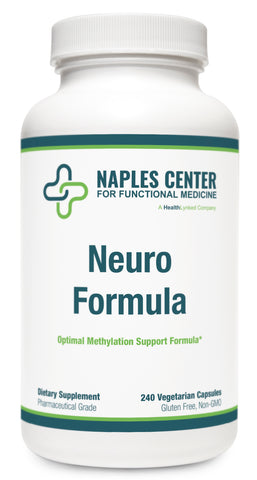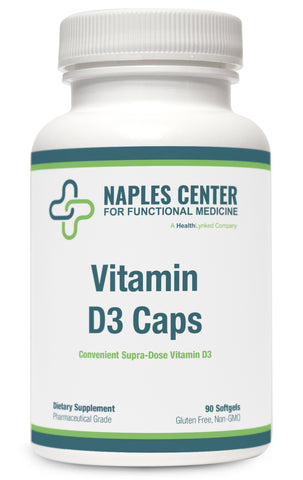Oral Glutathione
Oral Glutathione
Applications:
- Provides Intracellular Antioxidant Support*
- Supports Healthy Cell Function and Healthy Aging*
- Supports Detoxification*
- Supports a Healthy Immune Response*
- Supports Amino Acid Transport Across Cell Membranes*
- Enhances Antioxidant Activity of Vitamins C and E*
Disclaimer
*These statements have not been evaluated by the Food and Drug Administration. This product is not intended to diagnose, treat, cure, or prevent any disease.
Discussion
Reduced glutathione, commonly known as glutathione or GSH, is a tripeptide consisting of L-glutamine, L-cysteine, and glycine. It is ubiquitous in living systems. Glutathione biosynthesis can be affected by biochemical individuality and/or dietary factors. Chronic oxidative stress can also deplete cellular glutathione. Precursors to glutathione, such as whey protein, vitamin C, and glutamine, are often recommended to boost glutathione levels in the body; however, results are inconsistent. Biological individuality is such that not every body has equivalent ability to metabolize the precursor to raise glutathione.*
Why Not Give Pure Glutathione? Unfortunately, most oral forms of glutathione are foul smelling, but more importantly, the majority of an oral dose is oxidized before it can be absorbed and used by the cells. This formulation delivers a unique preparation of glutathione that overcomes these usual limitations. The stability of S-acetylglutathione through the intestinal wall and the plasma is well documented in the literature. Oral intake of S-acetylglutathione increases total glutathione and percent-reduced glutathione. Percent-reduced glutathione is a very significant biomarker of health status.*[1-5]
Mechanism of Absorption S-acetylglutathione, a lipid-like compound, is taken up intact by chylomicrons in the gut. The acetyl bond is placed on its thiol group or sulfur group, which prevents oxidation and allows the molecule to pass diffusively into the cell after absorption in the gut. The bond is then cleaved by non-specific enzymes inside the cell. Acetylation prevents the breakdown of glutathione, and S-acetylglutathione does not require energy expenditure to be cleaved to reduced glutathione once it crosses the cell wall. *[1-8]
Antioxidant Activity Glutathione functions extensively in tissues and organs throughout the body. It plays critical roles in protecting the body from oxidative stress, maintaining cellular functions, and supporting healthy immune function.[1,4] Many factors can increase cellular exposure to oxidative insult, and therefore increase cellular consumption of nutrients-such as glutathione-that provide antioxidant activity. This may result in a fierce cycle of oxidative stress and challenges to detoxification. Complete biotransformation and protection from oxidative stress are important to maintaining cellular integrity and tissue health.*[2,5]
Other Benefits of Maintaining Healthy Glutathione Levels Much information related to mitochondrial health has surfaced in the literature. Mitochondria, the energy-producing powerhouses of cells, are also the primary intracellular site of oxygen consumption and the major source of reactive oxygen species (ROS). S-acetylglutathione has been shown to cross the membrane of the mitochondria, increasing the organelle's activity and minimizing ROS.[8,9] Reduction of ROS is associated with maintaining mitochondrial integrity and function, and improved mitochondrial health is believed to support overall health and energy.*
S-acetylglutathione has also been shown to decrease TNF-alpha, NF-kappa beta, and F-2 isoprostane.[4,9-12] Additionally, there is mounting evidence that intracellular glutathione levels in antigen-presenting cells (e.g. macrophages) may influence the Th1/Th2 cytokine response pattern and promote a balanced immune reaction.*[10]
References
- Locigno R, Pincemail J, Henno A, et al. S-Acetyl-glutathione selectively induces apoptosis in human lymphoma cells through a GSH- independent mechanism. lntJ Oncol. 2002 Jan:20(1):69-75. [PMID: 11743644]
- Lomaestro BM, Malone M. Glutathione in health and disease: pharmacotherapeutic issues. Ann Pharmacother. 1995 Dec:29(12):1263-73. [PMID: 8672832)
- Cacciatore I, Cornacchia C, Pinnen F, et al. Prodrug approach for increasing cellular glutathione levels. Molecules. 2010 Mar 3;15(3):1242 [PMID: 20335977]
- Vogel J, Cinatl J, Dauletbaev N, et al. Effects of S-acetylglutathione in cell and animal model of herpes simplex virus type 1 infection. Med Microbiol lmmunol. 2005 Jan;194(1-2):55-59. [PMID: 14624358]
- Ballatori N, Krance SM, Notenboom S, et al. Glutathione dysregulation and the etiology and progression of human diseases. Biol Chem. 2009 Mar;390(3):191·214. [PMID: 19166318]
- Richman PG, Meister A. Regulation of gamma-glutamyl-cysteine synthetase by nonallosteric feedback inhibition by glutathione. J Biol Chem. 1975 Feb 25;250(4):1422-26. [PMID: 1112810]
- Anderson ME, Powrie F, Puri RN, et al. Glutathione monoethyl ester: preparation, uptake by tissues, and conversion to glutathione. Arch Biochem Biophys. 1985 Jun;239(2):538-48. [PMID: 4004275]
- Anderson ME, Nilsson M, Sims NR. Glutathione monoethyl ester prevents mitochondrial glutathione depletion during focal cerebral ischemia. Neurochem Int. 2004 Feb:44(3):153-59. [PMID: 14568558]
- Kretzschmar M. Regulation of hepatic glutathione metabolism and its role in hepatotoxicity. Exp Toxicol Pathol. 1996 JuI;48(5):439-46. [PMID: 8765689]
- Fratemale A, Paoletti MF, Casabianca A, et al. Antiviral and immunomodulatory properties of new pro-glutathione (GSH) molecules. Curr Med Chem. 2006;13(15):1749-55. [PMID: 16787218]
- Kretzschmar M, Klinger W. The hepatic glutathione system-influences of xenobiotics. Exp Pathol. 1990;38(3):145-64. [PMID: 2192911]
- Donnerstag B, Ohlenschlager G, Cinatl J, et al. Reduced glutathione and S-acetylglutathione as selective apoptosis-inducing agents in cancer therapy. CancerLett.1996 Dec;110(1·2):63-70. [PMID: 9018082]
Directions
Take one to two capsules one to two times daily, or as directed by your healthcare practitioner
Consult your healthcare practitioner prior to use. Individuals taking medication should discuss potential interactions with their healthcare practitioner. Do not use if tamper seal is damaged.
Does Not Contain
Wheat, gluten, yeast, soy protein, dairy products, fish, shellfish, peanuts, tree nuts, egg, ingredients derived from genetically modified organisms (GMOs), artificial colors, artificial sweeteners, or artificial preservatives.
We Also Recommend
